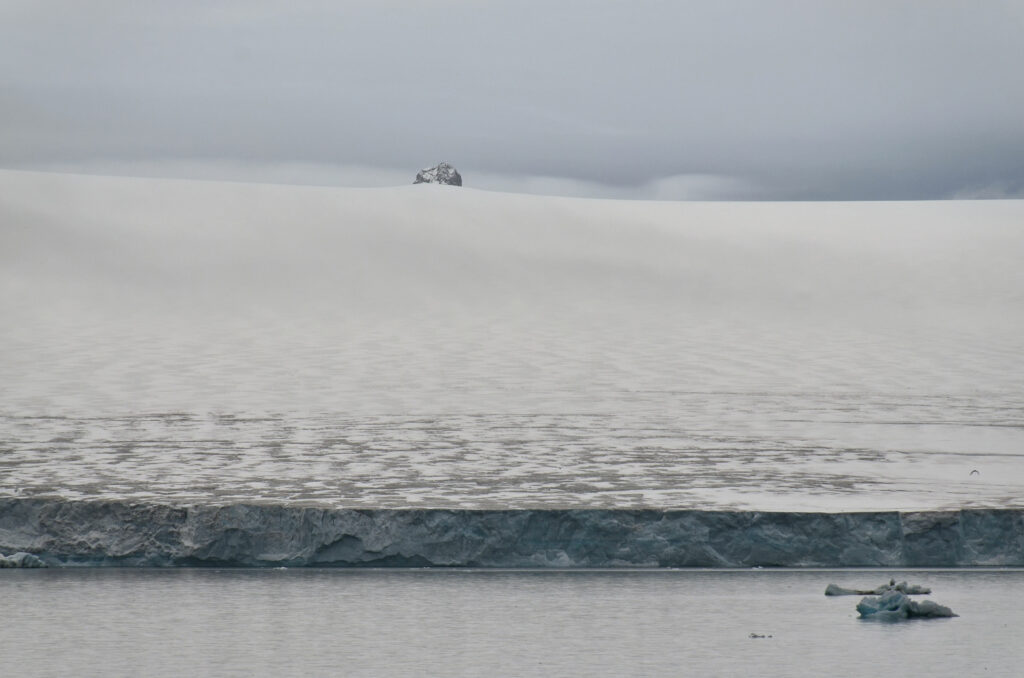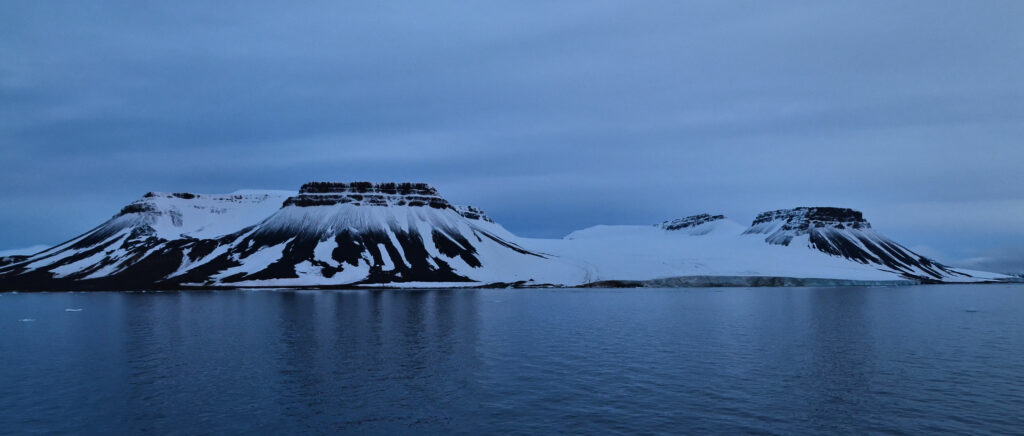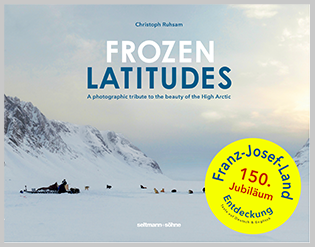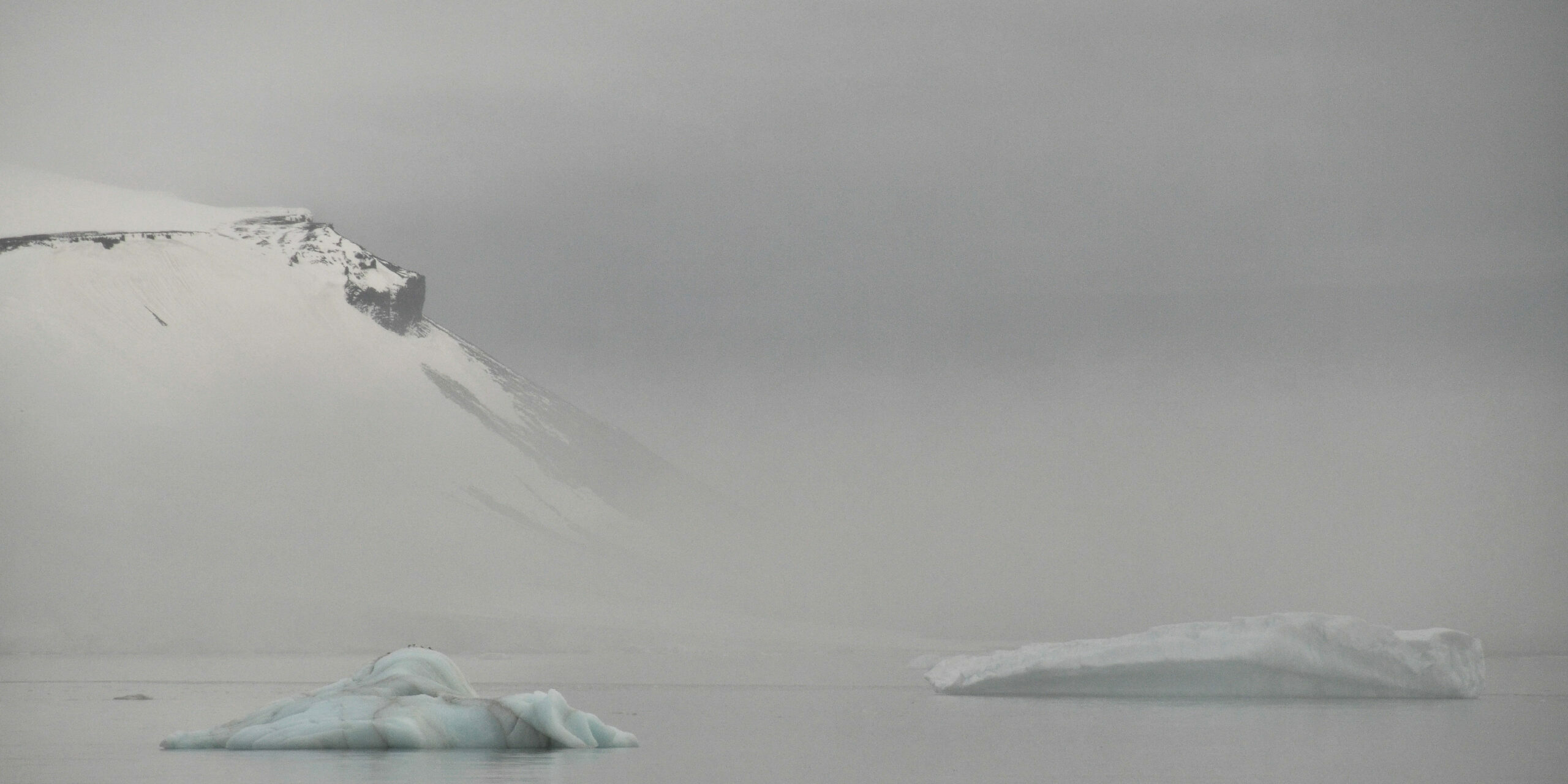The story of the discovery of Franz-Josef-Land 150 years ago is closely linked to the beginning of Austrian polar research and provided a decisive impulse for the establishment of international polar research.
My very personal relationship with Franz-Josef-Land was shaped by an expedition trip in 2012 which triggered also the idea about the book project Frozen Latitudes. 2012 was characterised by a completely sea ice-free archipelago and allowed me to witness the lowest summer sea ice cover since satellite measurements began in 1979. Franz-Josef-Land impresses as a high Arctic landscape and as a fragile ecosystem. The collapse of the summer sea ice level by 50% enabled the ice-strengthened ship to reach 83 degrees. Even more impacting was the fact that the volume of ice had decreased by 80% compared to 1979, which made the fundamental climatic changes of modern times tangible.
These conditions were very different to what Payer and Weyprecht experienced from 1872 – 1874 when they were stuck in ice for 3 years and had to abandone the ship “Tegetthoff” to return with sledges and open boats in hope for being rescued by a fishing vessel. The expedition was triggered due to the theory of an ice-free Arctic Ocean, which appears to become reality during the next decade. The German geographer August Petermann postulated that the Gulf Stream should keep the sea open very far north beyond Norway and along the Siberian coast.
Read the posts about the scientific background of the 1870th, the details about the expedition discovering the first large land mass in the Arctic after around 300 years of its exploration as well as about the scientific results and its impact on international polar research on the website of the Austrian Polar Research Institute:











